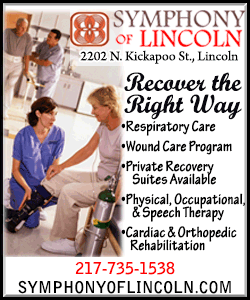|
 In a trial of the system in four patients with complete locked-in
syndrome - incapable of moving even their eyes to communicate - it
helped them use their thought waves to respond yes or no to spoken
questions. In a trial of the system in four patients with complete locked-in
syndrome - incapable of moving even their eyes to communicate - it
helped them use their thought waves to respond yes or no to spoken
questions.
People who are paralyzed except for up and down eye movements and
blinking are classified as having locked-in syndrome. If all eye
movements are lost, the condition is referred to as complete
locked-in syndrome.
Researchers leading this trial said the brain-computer interface (BCI),
which is non-invasive, could transform the lives of such patients,
allowing them to express feelings and opinion to their loved ones
and carers.
Counter to expectations, the researchers said, the patients reported
being "happy" despite their condition.

"The striking results overturn my own theory that people with
complete locked-in syndrome are not capable of communication," said
Niels Birbaumer, a neuroscientist at Switzerland's Wyss Center for
Bio and Neuroengineering, who co-led the study.
The trial, published in the journal PLOS Biology on Tuesday,
involved four patients with amyotrophic lateral sclerosis (ALS) - a
progressive motor neuron disease that destroys the part of the
nervous system responsible for movement.
The researchers asked personal questions with known answers, such
as: "Your husband's name is Joachim?", and open questions that
needed yes or no answers, such as "Are you happy?".
The BCI technique used technologies called near-infrared
spectroscopy and electroencephalography (EEG) to measure blood
oxygenation and electrical activity in the brain.
[to top of second column] |

"The machine records the blood flow... and calculates how (it)
changes during "yes" and during "no", and the computer develops an
idea, a pattern," Birbaumer told Reuters.
"And after a while, we know what the patient is thinking, when he
thinks "yes", or when he thinks "no", and from that we calculate the
answer."
The "known" questions elicited correct responses seven times out of
10, and the question "Are you happy?" resulted in a consistent yes
response from the four people, repeated over weeks of questioning.
John Donoghue, director of the Wyss Center, welcomed the work as "a
crucial first step in the challenge to regain movement" for
completely locked-in patients.
He said his team now plans to build on these results to develop the
technology further and eventually aim for it to be available to
people with paralysis resulting from ALS, stroke, or spinal cord
injury.
(Additional reporting by Marina Depetris in Geneva; Editing by
Raissa Kasolowsky)
[© 2017 Thomson Reuters. All rights
reserved.] Copyright 2017 Reuters. All rights reserved. This material may not be published,
broadcast, rewritten or redistributed.
 |